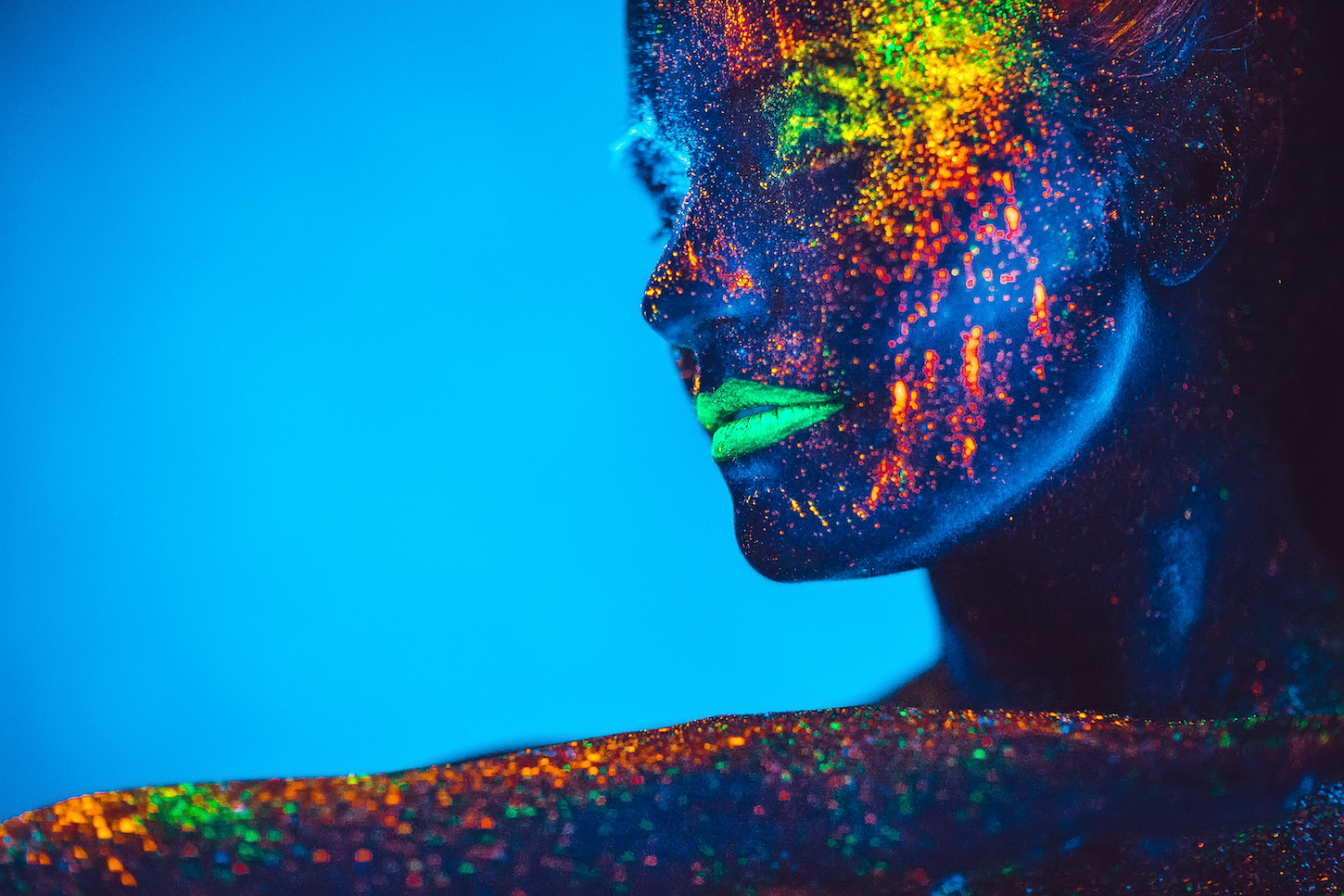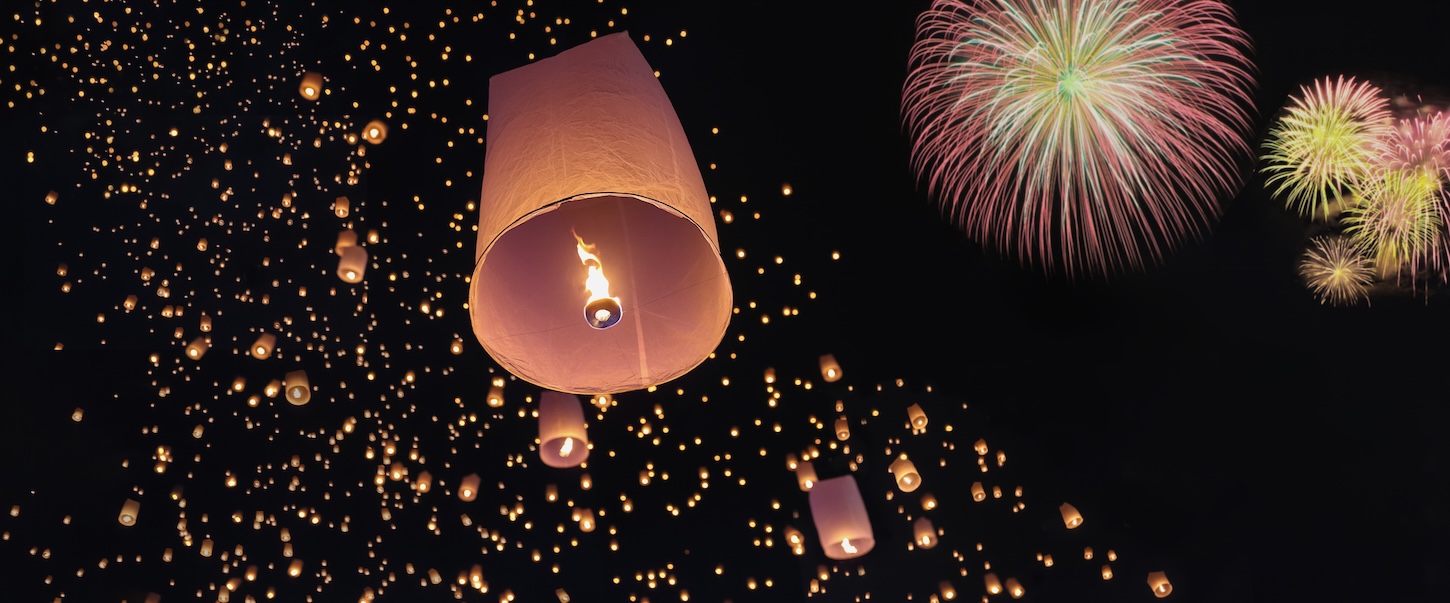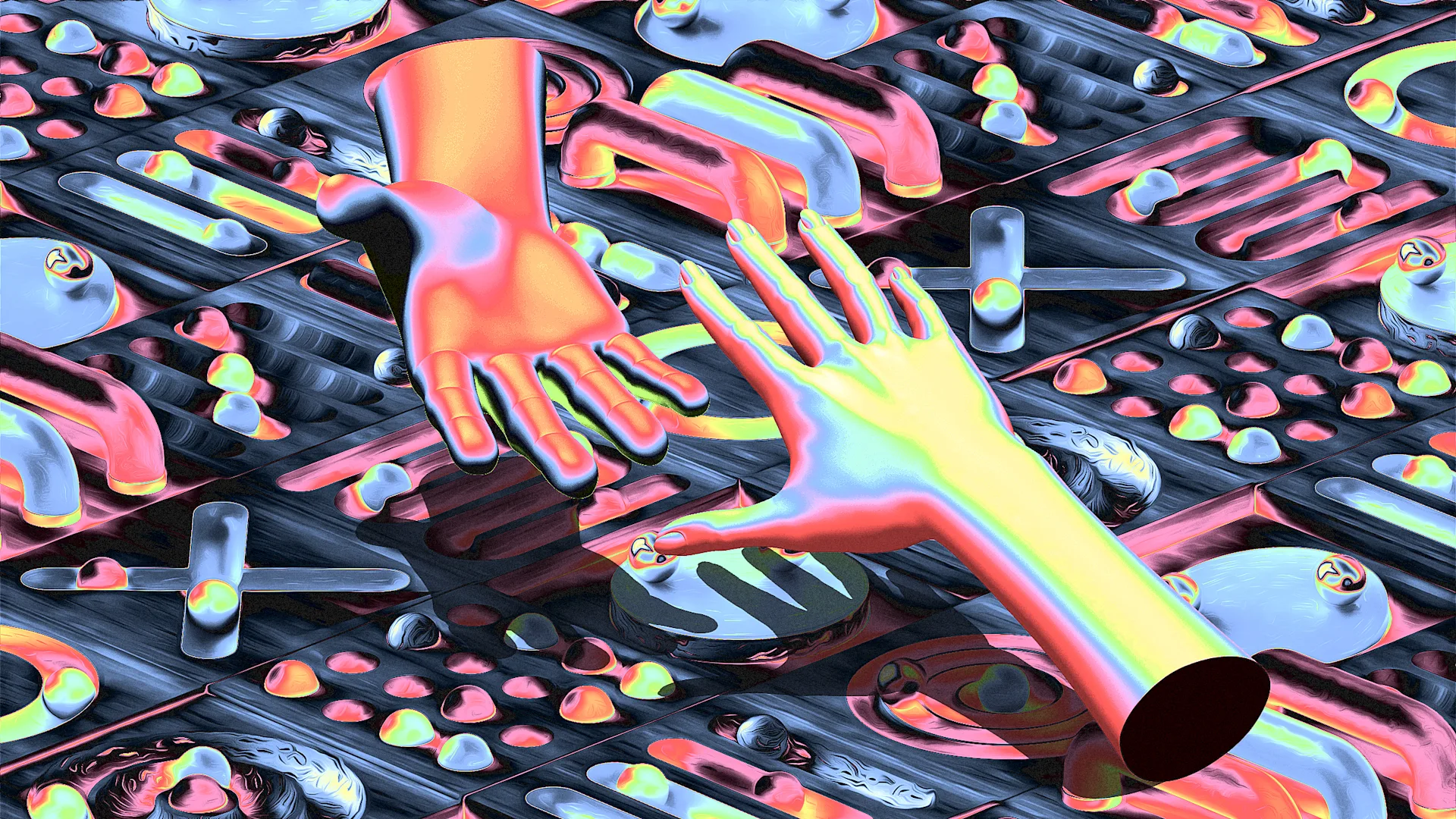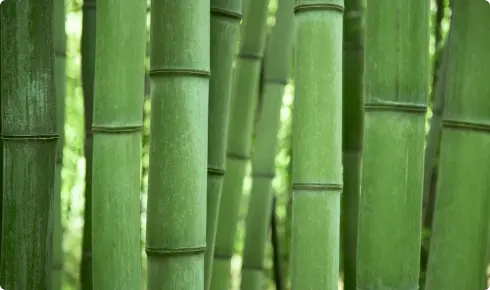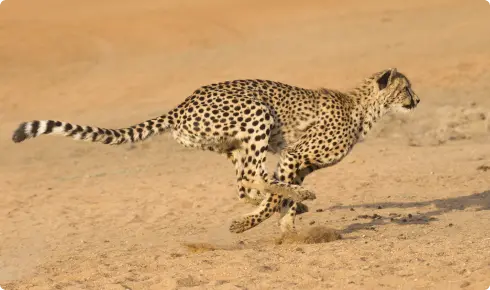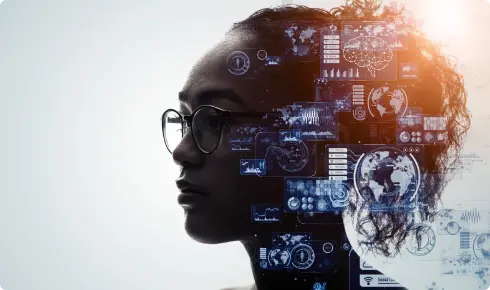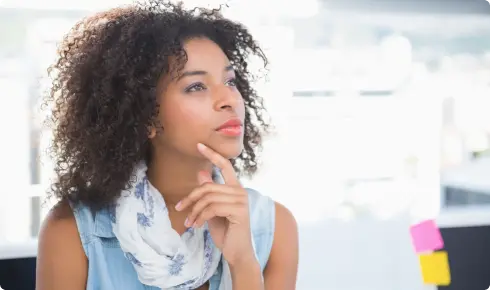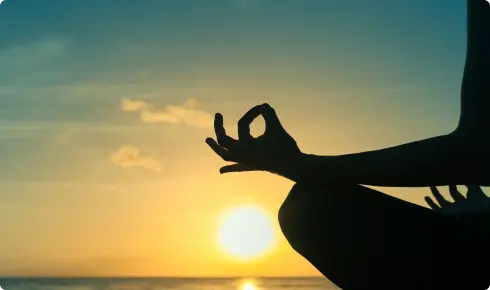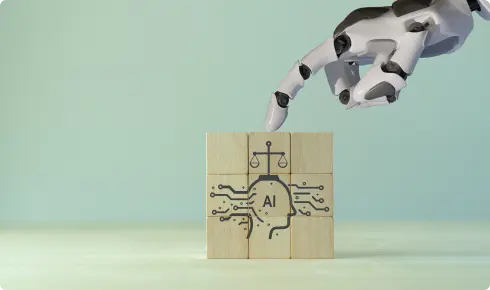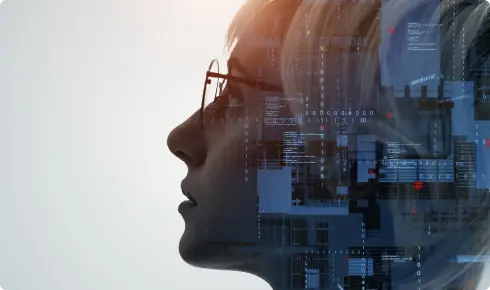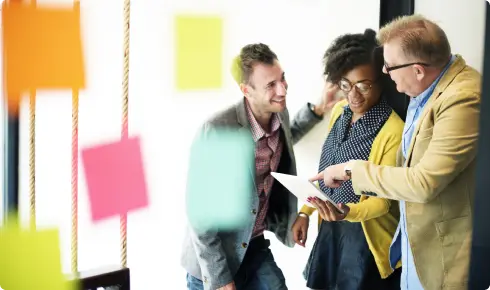Our complex contradictions aren’t flaws; they’re the fuel that makes us human, creative, and impossible to replicate.
KEY POINTS
- We are not broken by our contradictions, we’re powered by them.
- We create best when we hold wonder in one hand and discipline in the other.
- In a world of machines, we win by being beautifully, messily human.
Am I Asian or am I American? An entrepreneur or an author? Emotional or rational? Old-fashioned or cutting edge?
The answer to all these questions isn’t an either or. It is just Yes.
We don’t ask whether the world is really night or day, or whether summer is somehow more fundamental than winter. We accept the heat of the sun and the cold of an alpine lake; we allow sugar to exist just as much as salt.
There’s a deep wisdom to that, and we should apply it to ourselves, too.
As the poet Walt Whitman said, we are vast, we contain multitudes. We are capable of love and hate, of inhuman anger and angelic patience. We are simultaneously fragile and resilient, logical and irrational, alone and connected. Instead of trying to choose between these things, why not embrace them all?
Our complexities and our contradictions are not problems to be solved. They are gifts to be lived.
What I’ve Learned About Creative Contradictions
Over the years, I’ve had the privilege of working with some of the most innovative minds across technology, business, and various creative fields. Across hundreds of conversations and collaborations, I’ve noticed a consistent pattern: The most original thinkers are those who embrace and fully express their contradictions.
I think of the designer who obsesses over pixel-perfect details yet throws away conventional rules when inspiration strikes. Or the entrepreneur who combines unwavering optimism about her vision with paranoid attention to what could go wrong. These people aren’t confused; they’re complex, and embracing the complexity is their superpower.
This observation aligns perfectly with Mihaly Csikszentmihalyi’s groundbreaking research on creativity. After decades of studying creative individuals, he reached a profound conclusion: creative people are complex. As he wrote in Psychology Today almost 30 years ago, creative people “show tendencies of thought and action that in most people are segregated. They contain contradictory extremes; instead of being an individual, each of them is a multitude.”
Complexity isn’t a bug in the operating system. It’s the feature that drives innovation.
The Paradoxes I’ve Observed in Creative Leaders
Let me share some of the paradoxical and contradictory pairs of traits that Csikszentmihalyi discovered in his research on creative individuals. He identified these not as flaws but as the very engine of creativity itself.
Below, I’ve coupled each paradox with simple practices I’ve developed or discovered through my own work.
1. Humility and Pride
I’ve observed that creative individuals deeply believe in their work even though they know how much they don’t know. They’ll defend their vision fiercely while remaining open to being wrong about everything. This isn’t insecurity, it’s wisdom. Their pride fuels action; their humility fuels growth.
Practice: Write down one thing you’re learning and one thing you’re proud of. Keep both in view.
2. Playfulness Meets Discipline
Great creators are professional children. They approach problems with the wonder of a 5-year-old asking: “Why?” “What if?” Then they switch modes completely; they become rigorous, methodical, almost obsessive about making it real. Without play, there’s no discovery. Without discipline, there’s no delivery.
Practice: Spend five minutes doodling or playing with an idea. No rules, just explore.
3. Solitude and Collaboration in Rhythm
I’m an introvert who loves deep conversation. This used to confuse me until I realized creativity requires both cave time and stage time. My best ideas germinate in solitude and flourish through dialogue.
Practice: Block one morning this week for solo work. Schedule one coffee chat. Notice the difference.
4. Embracing Chaos Within Structure
I’ve learned to embrace both chaos and order in my creative process. Some days, I need wild brainstorming sessions where ideas crash into each other without rules. Other days, I need spreadsheets and systems to turn those collisions into reality. Revolutionary ideas are born in disorder but delivered through discipline.
Practice: Keep a “random ideas” folder on your phone. Once a week, sort through it.
5. Energized by Uncertainty
While others rush to resolve ambiguity, I’ve learned to sit with open questions. Some of my most transformative insights have come from dwelling in uncertainty rather than forcing premature answers.
Practice: Write one unanswerable question on a sticky note. Place it where you can see it daily. Don’t try to solve it, live with it.
6. Sensitivity Coupled with Resilience
Creativity demands vulnerability. I’ve had ideas rejected, businesses fail, and faced much criticism. It stings every time. But I’ve learned to metabolize that sensitivity into fuel for the next attempt.
Practice: When something stings, pause and ask: “What can I learn?” “What’s next?” Move forward.
7. Urgency Balanced with Patience
I feel the fire to create now, yet I’ve learned that meaningful work unfolds on its own timeline. It’s taken me years to understand that you can have urgency about the process while having patience with the outcome.
Practice: Make three lists: Today. This Month. This Year. Put one thing on each.
What I Want You to Remember
Our contradictions aren’t bugs to be debugged, they’re features to be developed. They’re the source of that uniquely human magic—the ability to hold multiple truths, to find unexpected connections, to create something from nothing but tension and imagination.
I’ve built my career on embracing paradoxes rather than resolving them. Every time I’ve felt pulled in opposite directions, I’ve learned to resist the impulse to choose sides. Instead, I inhabit the tension. I explore the paradox. I let my contradictions inform my creativity.
And after decades of working at the intersection of humanity, business, and technology, here’s one thing I know for certain: In the age of artificial intelligence, the best and most enduring edge humans have over machines is to be human—beautifully, mysteriously, contradictorily human.
[Photo: David Tadevosian / Shutterstock]
Original article @ Psychology Today.
